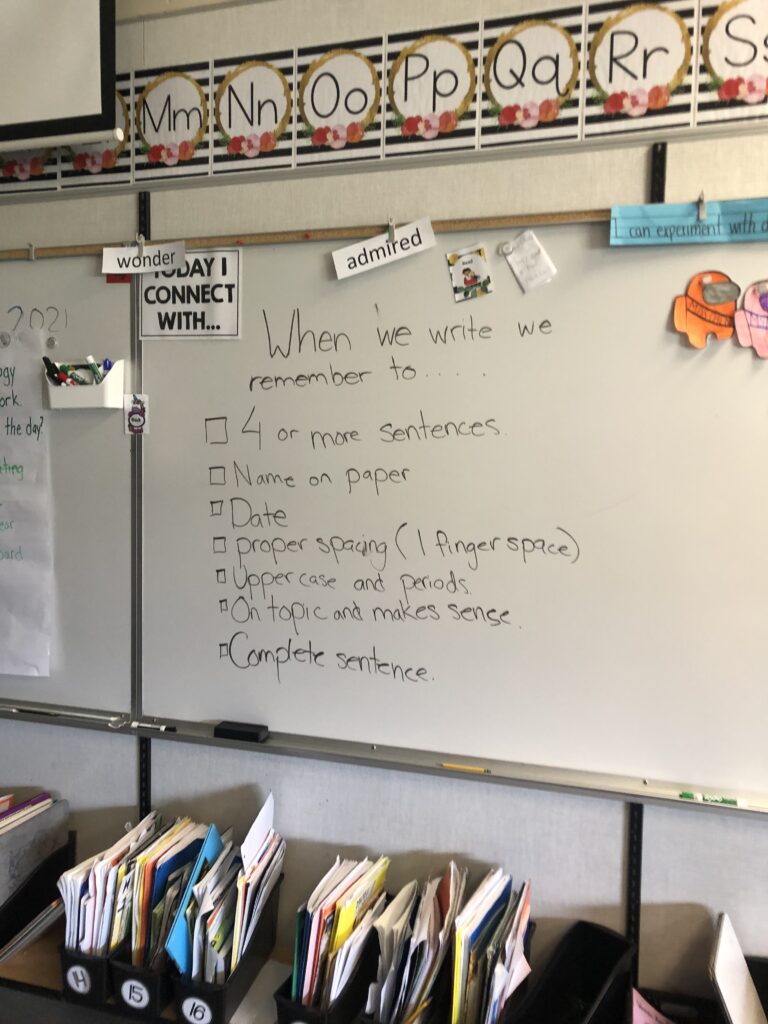
As a teacher, assessment and feedback is a big part of the job. I’ve taken specific courses to prepare me for assessment before I went into a classroom. I was provided many ideas and examples however, once I got into a classroom it was a struggle to constantly think about how I wanted to assess and the learning goal I wanted my students to achieve. This was and still is a learning challenge I am working on because as a teacher you are constantly assessing and learning new concepts on how to assess. Luckily, while teaching I had a mentor that could help guide me through the process. At first, I was the sole leader of how I was assessing the students and grading by my own opinion and feedback from my mentor. From this I realized that not many students were understanding the concepts due to my goal was unclear to them. I know understand that just because feedback was given, does not mean that it was received (Hattie, 2011). I then has to reframe my thinking process and reflected on my next unit and what I wanted to achieve with my students. I co created with the students a criteria list about what our writing should look like. Being able to create a criteria list together allowed for myself and the students allowed for both parties to be on the same page when it came to assessment, the students understood what was expected of them and it made it easier for me understand what I needed to look for when assessing my students.
Assessment is a collaborative process between teachers and students
Conrad and Openo, 2018
I found collaborating on assessment with students resulted in better outcomes and more participation because students knew what was expected of them and had a say in their learning process. When this is the goal for assessment is collaborative with the students, it focusses the learning process back on the students where they can have autonomy of their learning and how they want to learn.
References:
Conrad, D and Openo,J. (2018). Assessment Strategies for Online Learning: Engagement Authenticity. Athabasca University Press. https://doi.org/10.15215/aupress/9781771992329.01
Hattie, J. (2011). Feedback in schools. In R. Sutton, M. J. Hornsey, & K. M. Douglas (Eds.), Feedback: The communication of praise, criticism, and advice. Peter Lang Publishing. http://visiblelearningplus.com/sites/default/files/Feedback%20article.pdf